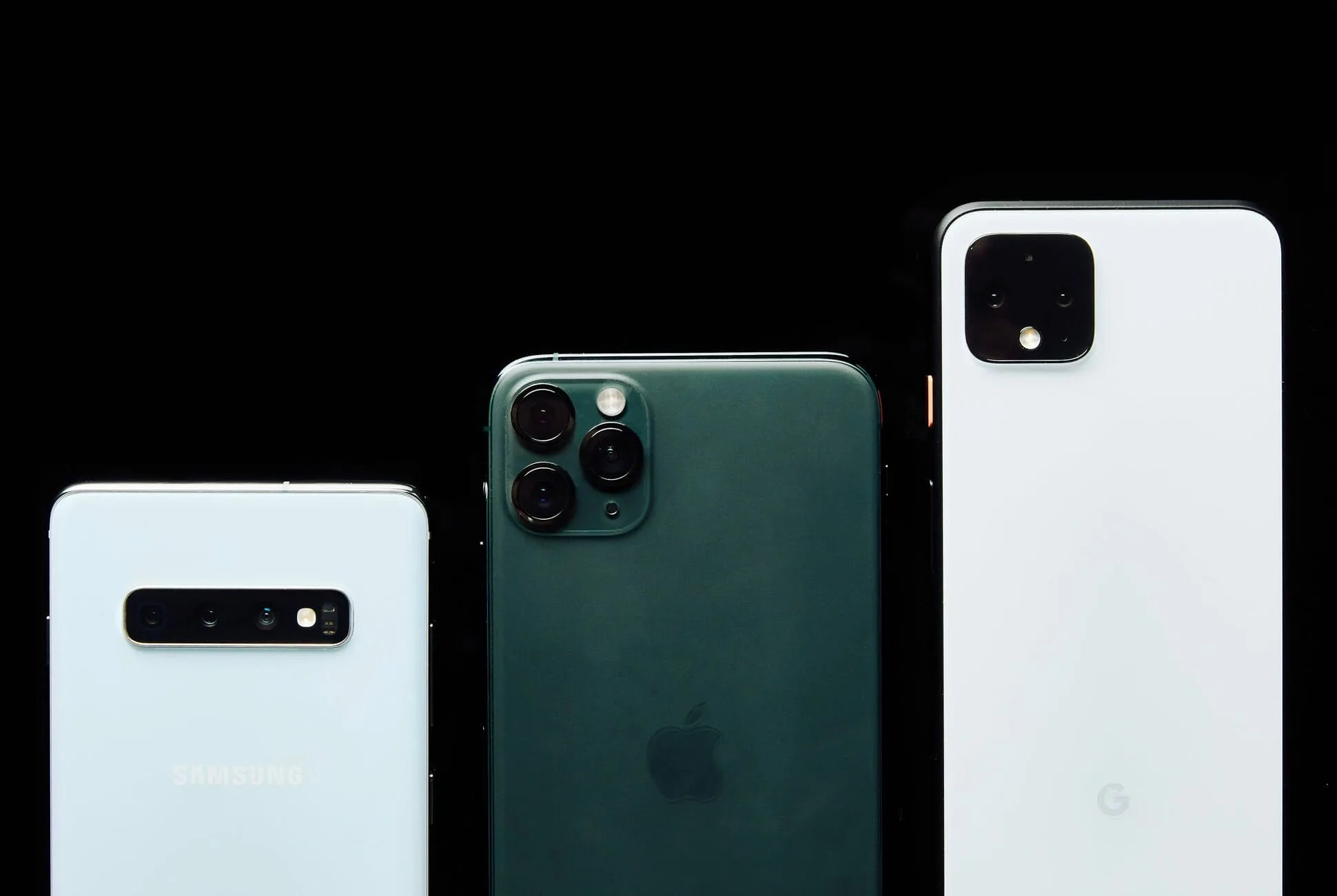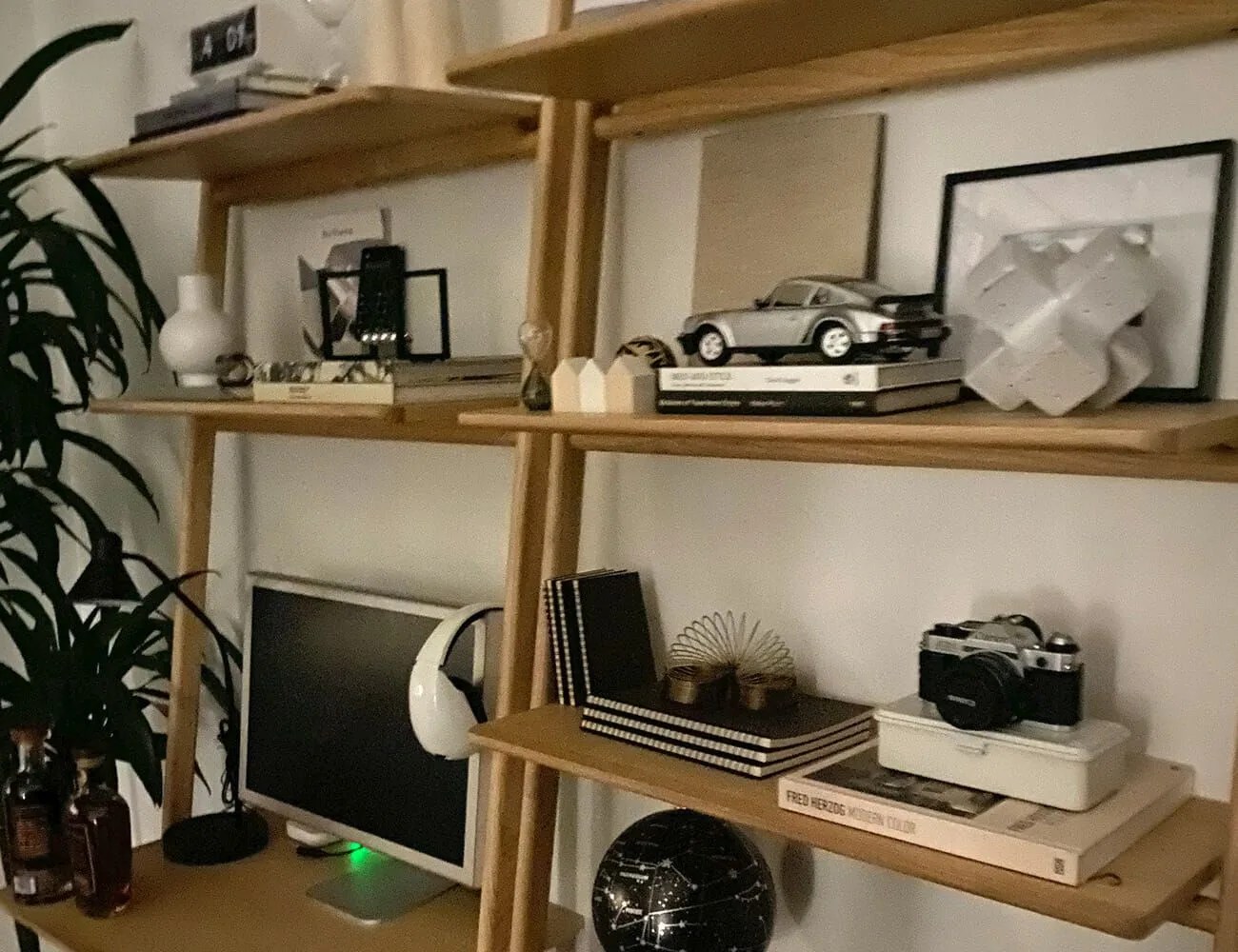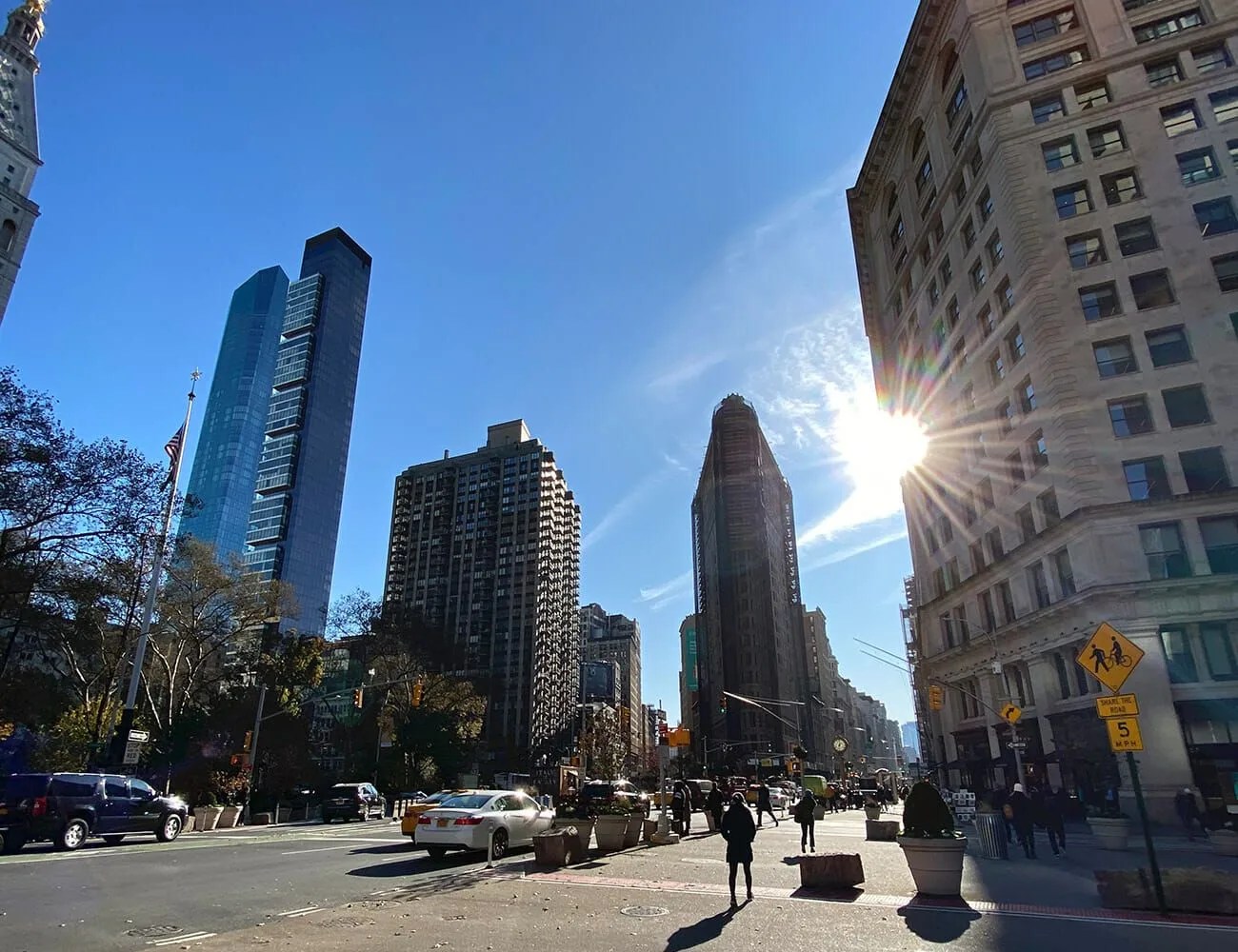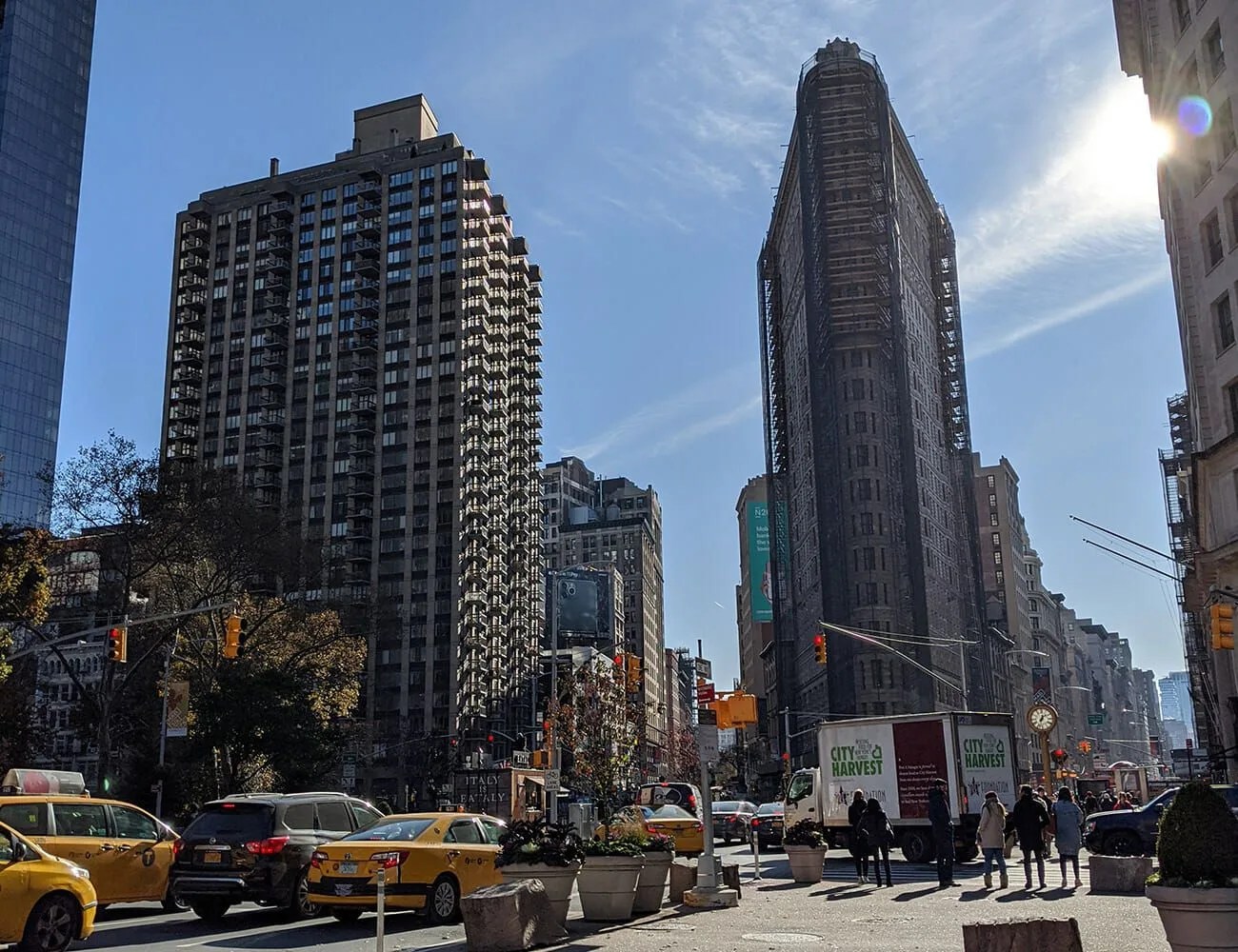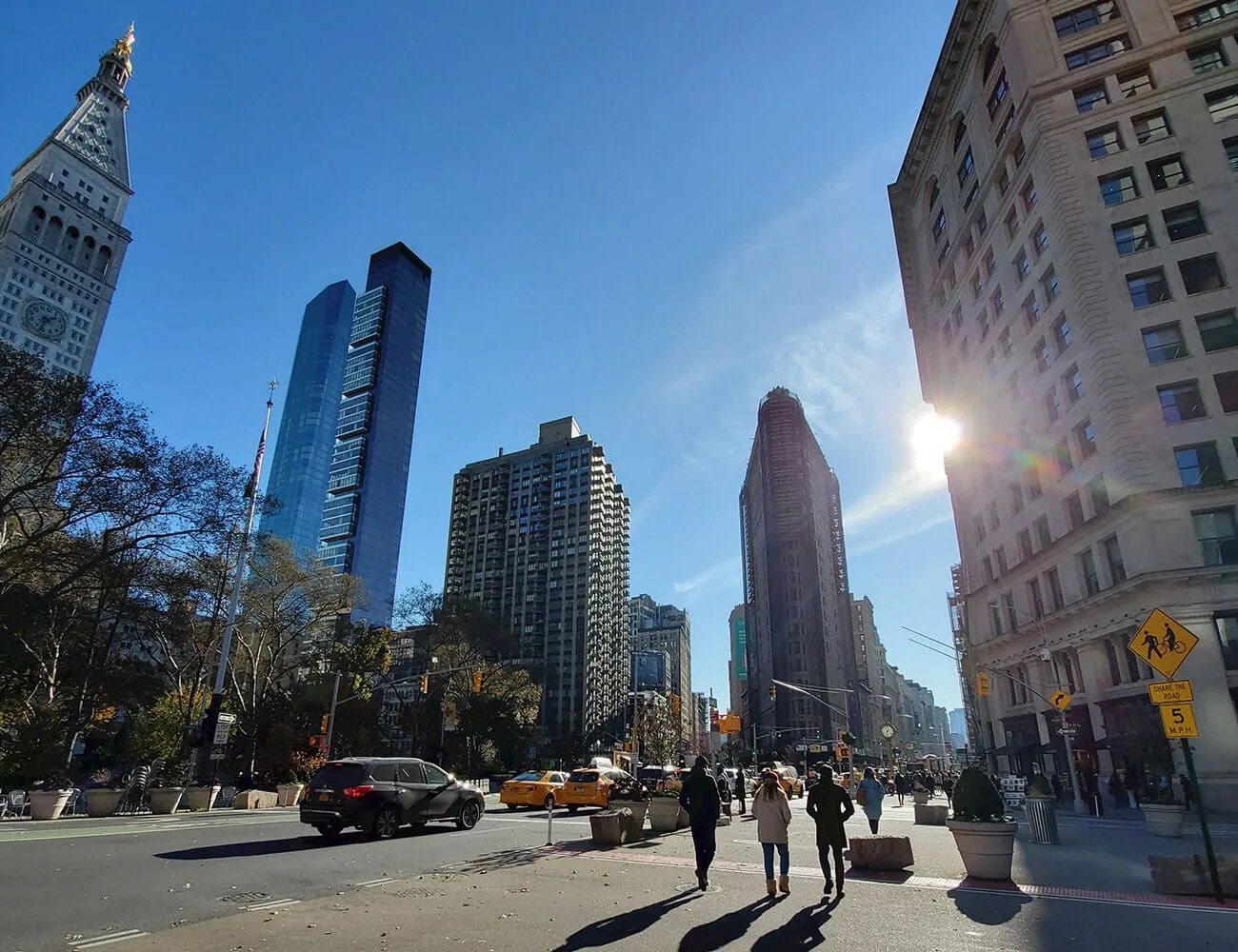If the camera isn’t the most important thing to consider before buying a smartphone, it’s certainly one of them. Anybody can go out and buy a really nice compact shooter, a mirrorless camera or a DSLR, but they all come with a learning curve, and you have to have them with you for them to be any use. A wise person once told me, “the best camera is the one that’s in your pocket,” and I think it’s true – it’s all about convenience.
The differences between a great smartphone camera and just a good one come down to way more than counting megapixels, examining its sensor, and breaking down lens size for aperture. Why? Because spec-wise each of the latest flagship smartphones by Apple, Google and Samsung are actually pretty identical. Plus, specs can only tell you so much.
Newer smartphones definitely have better camera systems thanks to a host of things: more advanced camera sensors, better optical image stabilization, wider apertures, faster focus and a ton of new features. This year, Apple, Google and Samsung all gave their smartphones new lenses, too. There have been lots of improvements under the hood, on the software side, where the technology continues to improve by leaps and bounds.
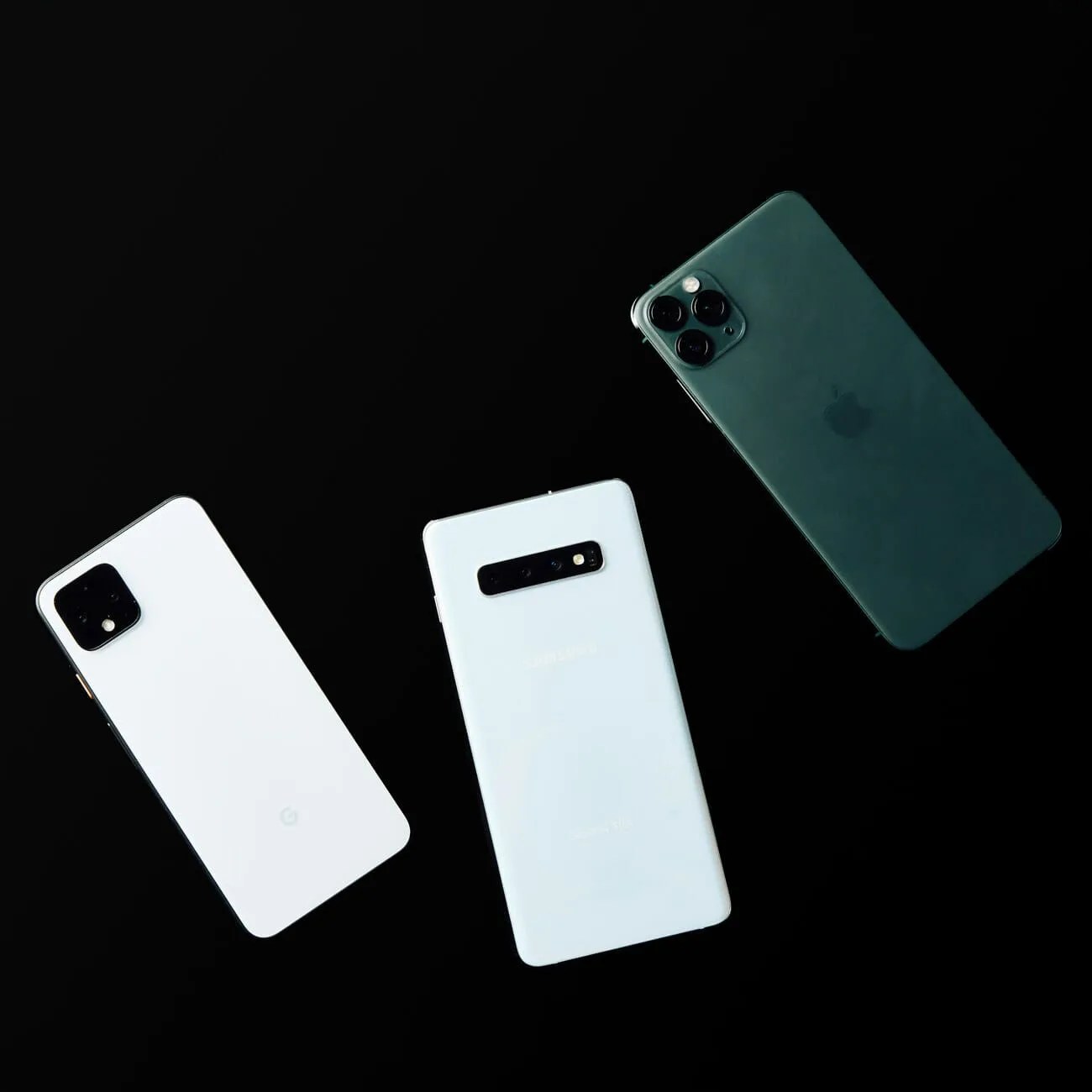
Ultimately, all the latest smartphones take very good but noticeably different photos. So a lot of it comes down to preference.
The Contenders: What You Should Know
We’ve set out to take the latest smartphones by Google, Samsung and Apple — meaning the iPhone 11 Pro, the Pixel 4 and the Samsung Galaxy S10 — to see how they performed taking some of the most popular types of photos. Specifically, this means portrait, low-light, wide-angle, zoom and selfie photos.
As mentioned before, 2019 has been the “year of the extra lens” when it comes to smartphone cameras. Apple and Samsung both gave their flagship smartphones a third, wide-angle lens while Google opted to give its new Pixel a dual-camera system (a first!) with a telephoto lens.
